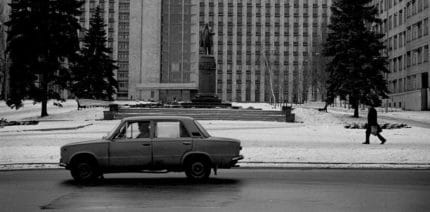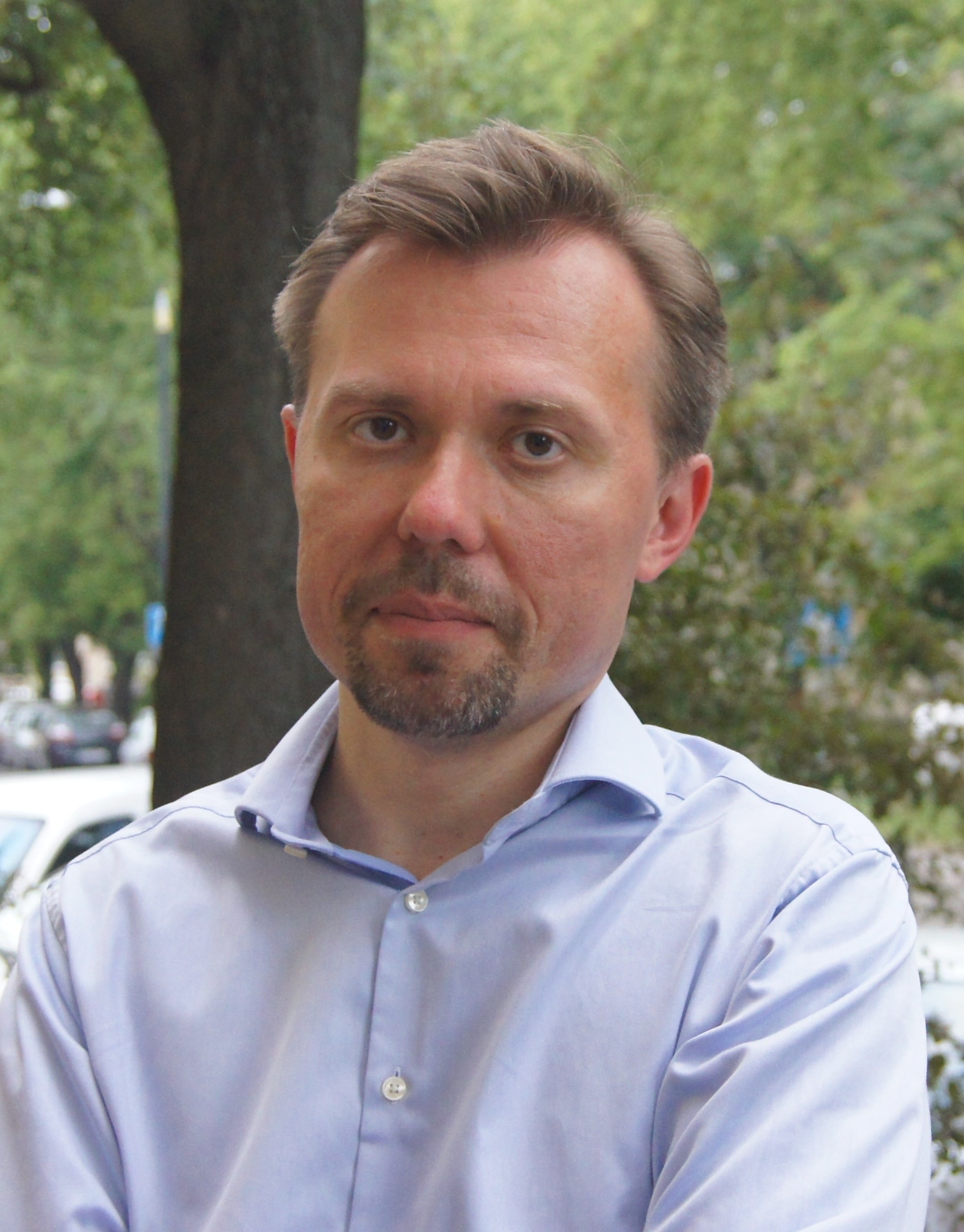What is War?
War is when you want to live.
Svetlana Alexievich “Secondhand Time”
The war came to Donetsk, because until the very last moment, almost nobody believed it would. Neither did Rinat Akhmetov [1], maintaining a “neutral position” and refusing the governor’s office, intending to profit from the role of a mediator between the new Kyiv government and the big mining region. Nor did participants of the Anti-Maidan, who were inspired by aversion to the capital, multiplied by the total confusion reigning in “Ukraine without Yanukovych” and an example of the annexation of Crimea, which “without firing a single shot” had provided residents of the peninsula with higher Russian pensions. Neither believed the politically passive majority of the metropolis’s population, who were waiting for the understandable and legitimate government, which, among other things, was supposed to dispel fears of the “fascists from the Maidan” and the extremist Right Sector. Nor did the police general Vitaly Yarema who refused to storm the seized building of the Donetsk Regional State Administration, over which there waved a Russian tricolour, in order to avoid victims and fearing Russia’s direct military intervention in response to the attempts of military actions of the Ukrainian side. The Donetsk police, demoralized by the Maidan events, did not believe in war either, and being additionally seduced by bigger Russian salaries, welcomed pro-Russian protesters and offered no protection to pro-Ukrainian demonstrators under attack.
The key date in the history of Ukraine losing control over the situation in Donetsk is April 6, 2014 – the date of the seizure of the regional administration building. That is to say, the day of the final seizure after a string of unsuccessful attempts. On the same day, the buildings of the Luhansk State Security Service of Ukraine and the Kharkiv Regional State Administration were seized as well. Luhansk shared the fate of Donetsk. The Kharkiv building was freed the next morning by Ukrainian Special Forces without a single shot and since then the city’s Anti-Maidan movement started to decline. The decision to storm the Kharkiv building came from the Minister of Internal Affairs of Ukraine Arsen Avakov and the Head of the National Guard Stepan Poltorak, both originating from Kharkiv. Yet, nobody took a risk of storming the Donetsk and Luhansk buildings. This was largely due to the negative position of the local political and business elites, fear of open Russian aggression, and – not the least – to the lack of sufficient interest from the new Kyiv authorities towards the region dominated by the supporters of Anti-Maidan political forces, and where all business was controlled by local oligarchs close to Yanukovych.
Local pro-Ukrainian activists failed to reverse the balance of power in the city.
An acute shortage of Kyiv’s political and economic interest in Donbas is one of the most tragic aspects which led the region to war. In Donetsk, the only force to support Ukraine was the local Maidan, which in fact was left without any support by all, including law enforcement (these words must be given in quotation marks), local business elites, the media, and Kyiv. Local pro-Ukrainian activists failed to reverse the balance of power in the city. On March 5, participants of the demonstration “Donetsk against separatism” were cruelly beaten by aggressive “titushky” [2]. On March 13, during the attack on another pro-Ukrainian meeting, Dmytro Cherniavsky, member of the Svoboda party, was killed. The Ukrainian state failed (and was not actually trying) to protect those who came to defend it.
On April 12, 2014, the Donetsk-based site Ostrov published a text under the eloquent title The Betrayed City stating the fact that the seemingly all-powerful Party of Regions [3] had surrendered Donetsk without any fight: “The power has taken the ostrich position and is waiting to be seized.” And it was seized. On the same April 12, the armed group of the Russian citizen Igor Girkin seized the police station in Slovyansk and throughout the country the sacramental za porebrik ([step] beyond the kerbside!) [4] was heard. In late May, the recently almighty oligarch left Donetsk for Kyiv, accompanied by the impotent “beep of Akhmetov” [5]. And on July 6, Girkin’s armed group entered Donetsk. Then Donbas was affected by a real war…
In April 2014, Ukraine ultimately lost its monopoly on violence in Donetsk. Soon hitherto marginalised groups of reconstructors [6] and adherents of the Novorossiya [7] started playing major roles in the breakaway “Donetsk People’s Republic”, which was not officially recognised by anyone (even by Russia). The Ukrainian military intervention, awkwardly called “anti-terrorist operation”, started out of fear of an unpredictable expansion of the uncontrolled areas, rather than as a strategic plan of saving millions of Ukrainian citizens, stigmatised by both Ukraine’s “leading intellectuals”, politicians, and the media (saying that the residents of the Donbas, with their “Soviet identity”, were to blame for the transformation of the region into the theatre of military actions).
The war in Donetsk started not only because of the outside interference, but also because of the refusal of the Ukrainian government and local elites to control the situation.
The events of spring 2014 in Donetsk and Luhansk once again proved what researchers of violence had already known: political, ethnic or religious sentiment (even hate) is not enough itself to trigger off a war. To trigger it, there must be weapons and a permission to kill (oftentimes it is “accorded” by the collapse of state institutions and their legitimacy, by the loss of law enforcement organs). The war in Donetsk started not only because of the outside interference, but also because of the refusal of the Ukrainian government and local elites to control the situation. When the war started, it acquired its own dynamics, which was significantly influenced by the supply of arms and personnel through the Russian-Ukrainian border, over which Ukraine lost control during that same summer of 2014. Moreover, the war became an everyday routine.
The text was published in Donbas. First Line. The volume is a part of Donbas Studies project by IZOLYATSIA, was realised with the support of The Human Rights Fund of the Kingdom of the Netherlands.
[1] Rinat Akhmetov, the richest Ukrainian with a fortune worth 2.3 billion US dollars (Forbes, 2016). Akhmetov was born in Donetsk, controlled a large part of the city’s economy and for years has been considered the most influential person in the Donbas region.
[2] Titushky – informal groups of hired young agent provocateurs who used force under the protection of the “organs of law and order” or influential businessmen. The term comes from Vadim Titushko, the first “sportsman” to get in the media spotlight.
[3] The Party of Regions – political party to which President Viktor Yanukovych and oligarch Rinat Akhmetov belonged. It has obtained absolute majority in all the elections in the Donetsk region and was largely considered a ‘Donetsk party’.
[4] Porebrik – a word meaning “kerb” in Russian, used in the Saint Petersburg area only. When the video of the Slovyansk operation was published, featuring one of the armed “green men” requiring the pedestrians to step outside the porebrik, it became clear that at least this particular “green man” was not from the Donbas.
[5] “Beep of Akhmetov” – social action initiated by Rinat Akhmetov on May 20, 2014. Industrial facilities as well as private car drivers were asked to beep at 12 AM for “a peaceful Donbas” and against separatism.
[6] Reconstructors or reenactors – subculture of people interested in reconstructing military battles of the past. Igor Girkin as well as some others leaders of the anti-Ukrainian unrest in Donetsk and Luhansk actively participated in such reconstructions.
[7] Novorossiya (New Russia) – historical term used in the late 18th century Russian Empire to designate the territories in the south (including parts of present-day southern Ukraine and Russia, as well as Crimea), mostly taken from the Ottoman Empire. In the context of the recent Ukraine Crisis, the term Novorossiya was introduced by the Russian President Vladimir Putin who spoke on April 17, 2014 of the “artificial nature of Ukraine” and called Novorossiya the entire south-eastern part of it (including Kharkiv, which never belonged to the imperial New Russia).
Foto: Valeriy Miloserdov, Donetsk, 1994


